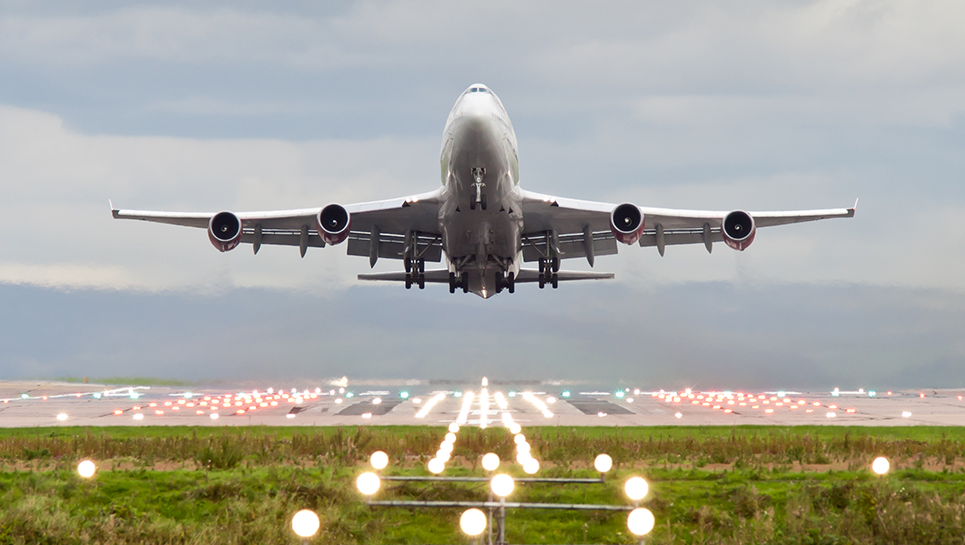As aviation enthusiasts and travelers, we often marvel at the precision and engineering that goes into every aspect of an aircraft’s operation. One intriguing aspect that often captures our attention is the continuous spinning of an aircraft’s wheels after takeoff. Have you ever wondered when those wheels finally stop spinning, allowing the landing gear to be safely stowed away?
Unraveling the Mechanism Behind Retraction
A critical component of any aircraft’s landing gear is its retractable system. This system is responsible for raising and lowering the landing gear as needed during takeoff, flight, and landing. Typically, a hydraulic system is employed to actuate various linkages that control the gear’s movement. Here’s how it works:
- Hydraulic Fluid: When the pilot commands the landing gear to retract by selecting the “gear up” position, pressurized hydraulic fluid is directed into the gear line.
- Sequenced Valves and Down-Locks: The hydraulic fluid flows through sequenced valves and down-locks to reach the gear-actuating cylinders. These valves and locks are responsible for ensuring that the gear retracts smoothly and securely.
- Hydraulic Reservoir: A hydraulic reservoir is included in the system to contain excess fluid and provide a means of determining the fluid level within the system.
- Limit Switches: Each landing gear is equipped with two limit switches, one dedicated to extension and one to retraction. These switches play a crucial role in ensuring that the gear reaches its intended position without any issues.

How to Stop the Wheels from Spinning
The methods employed to stop the wheels from spinning vary depending on the aircraft’s size and the complexity of its landing gear system. Here are the two primary methods:
Brake Application:
In some aircraft, especially larger ones, pilots must briefly apply the brakes to the main landing gear before initiating the gear retraction process. When the pilot applies the disk brakes, it halts the spinning of the wheels. This is typically done to ensure that the wheels are stationary before they are stowed sideways. Smaller aircraft with lighter retractable landing gear systems may require manual brake application.
Automated Systems:
Large modern airliners are equipped with automated systems that take care of stopping the spinning wheels when the gear is commanded to retract. In these cases, the nose wheels are designed to spin freely into the wheel bay. As they move up into the bay, they come into contact with a friction brake that gradually slows down and ultimately stops the wheels’ spin. These friction brakes are often referred to as snubber units and are located within the nose gear compartment. Notably, there is no braking system on the nose gear itself.
Additionally, cylindrical brushes are installed within the bay to clean the tires as they slow down. These brushes also serve to reduce aerodynamic drag and noise by closing off the gap between the tires and the bay walls.
The continuous spinning of aircraft wheels after takeoff is indeed a fascinating sight, and it’s a testament to the intricate engineering behind modern aviation. The mechanisms used to stop the wheels from spinning ensure the safe retraction of landing gear, contributing to the overall safety and efficiency of air travel. So, the next time you watch an aircraft take off, you’ll have a deeper appreciation for the carefully orchestrated process that allows those wheels to come to a halt as the plane soars into the sky.

